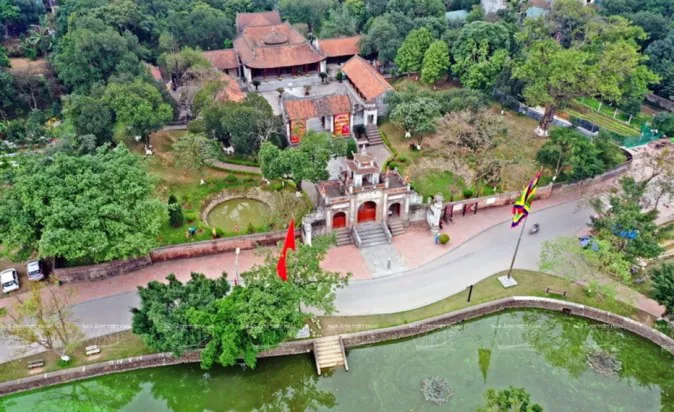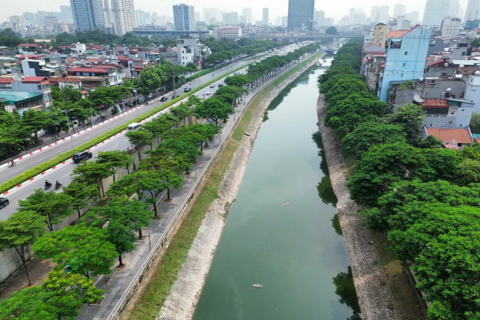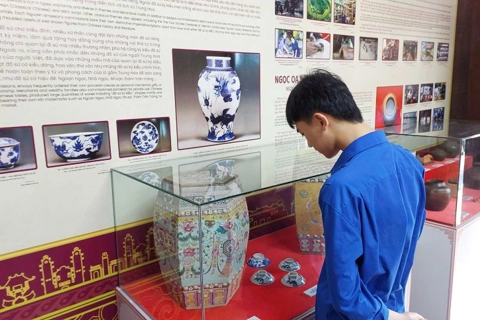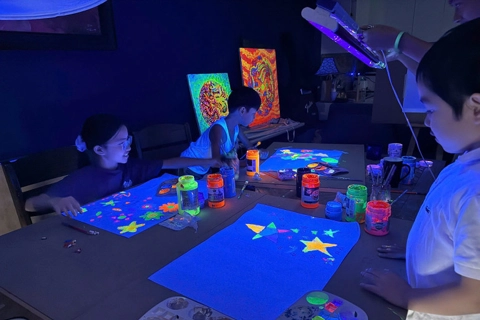Co Loa Special National Relics to undergo further excavation
The historical, architectural, and archaeological complex of Co Loa, declared a special national relic site in September 2012, will be further excavated.
An excavation will be carried out at Co Loa Special National Relic, Co Loa Commune, Dong Anh District, Hanoi, from June 10 to August 20, according to the decision of the Ministry of Culture, Sports and Tourism.
The excavation will be conducted by the Thang Long-Hanoi Heritage Conservation Center in coordination with the Institute of Archaeology in the 100-square-meter area where the Ngo Quyen Temple is planned. The team is led by researcher Trinh Hoang Hiep, Institute of Archaeology. According to the Ministry of Culture, Sports and Tourism, this excavation will clarify the value of the ancient monument and King Ngo Quyen's era.
It's expected that the archaeologists will find more artifacts in this area before building Ngo Quyen Temple.
| Co Loa is a relic complex of unique architectural and archeological value. Photo: VNA |
The excavation must respect the stratigraphy of the monument, and its results will be announced with the prior approval of the Department of Cultural Heritage.
Thang Long-Hanoi Heritage Conservation Center is responsible for preserving artifacts collected during excavation and reporting to the Minister of Culture, Sports and Tourism the plan to protect and promote their value.
Ngo Quyen is the founding king of the Ngo Dynasty. He reigned from 939 to 944. In 938, he defeated the Southern Han Chinese army at the battle of the Bach Dang River, north of the present-day city of Haiphong.
The battle is celebrated in Vietnamese national history, ending 1,000 years of Chinese rule over Vietnam.
Ngo Quyen was proclaimed king and established the capital at Co Loa. For this reason, the Hanoi Government is considering a plan to build the Ngo Quyen Temple in Co Loa special national relics.
Experts have confirmed that Co Loa is Southeast Asia's oldest and largest earthen citadel. It shows the creativity of the ancient Vietnamese in the art of fortification.
Archaeologist Tong Trung Tin said that archaeological excavations in recent years had yielded important results. In particular, experts have unearthed hundreds of Co Loa copper arrow molds and thousands of stone sketches, raw materials, and debris from the copper arrow-making process at the Thuong Temple Relic.
According to Tin, the presence of a large number of artifacts confirms the casting of bronze arrows by the people of Au Lac during the reign of King An Duong Vuong, a testament to the legend of the divine crossbow protecting the citadel of Co Loa.












